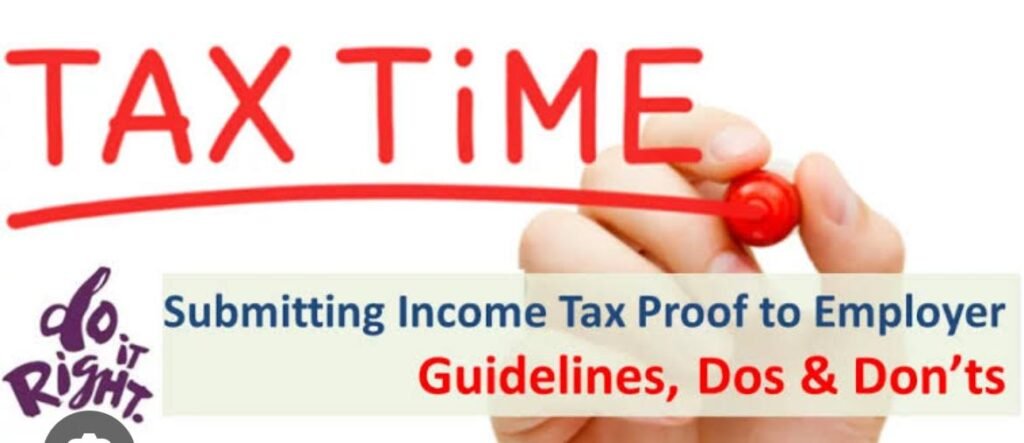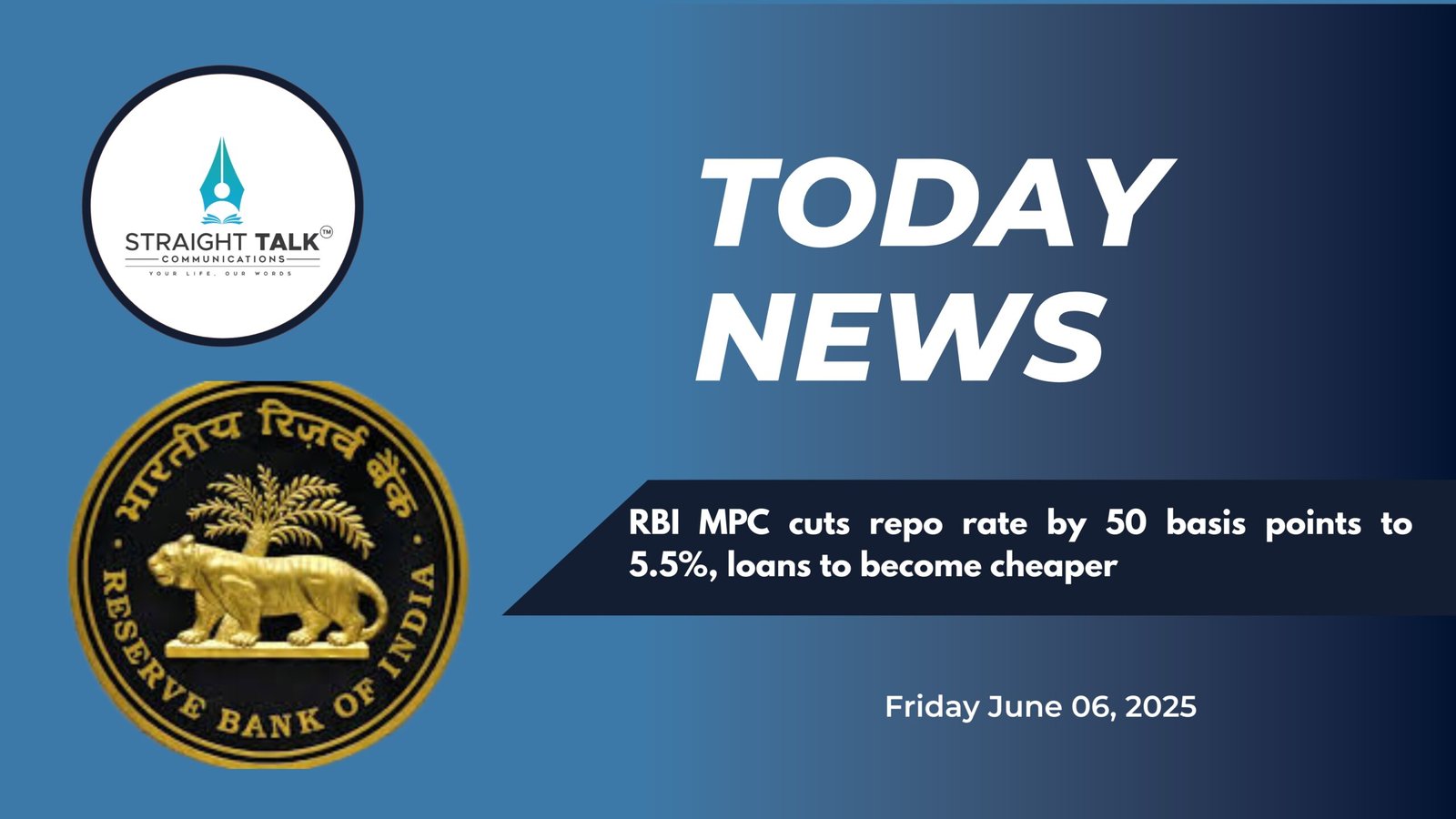Do you want to avoid income tax hassles? This is the right time to submit your income tax investment proof

Timely submission is crucial to avoid higher tax rates and get correct refunds.
STC EDITORIAL DESK
Srinagar, January 06 (STC): Every calendar year begins with focus on financial matters as the first three months (January to March) constitute the last quarter of a financial year. Basically, this is the time when tax planning is inevitable and there’s already onset of tax season – some maddening moments for those who fall in the income tax bracket. So, this is the time when almost everyone, whether he’s a businessman, an entrepreneur or an employee, gets automatically busy in financial planning to scissor income tax.
There are certain things in which government wants its citizens to invest for their own good and for the welfare of the nation. So to encourage people to invest in the “these certain things” the government grants income tax exemption. However, the key is to understand how tax-saving investments could fit into ones finances and adopt approaches that will help to choose the right tax-saving investments.
So the basic thing in axing the tax is choosing the right kind of tax saving investment option and submission of these investment proofs is very important to claim tax rebate. For FY 2024-25 the submission of these investment proofs is due by March 31, 2025. However, employers typically start collecting these proofs between January and March.
Essentially, accurate tax computations and rebate claims depend upon the timely submission of the income tax investment proof. Notably, employees declare their planned investments in their IT Savings Declaration forms at the start of the financial year. As the year ends, finance teams collect and verify investment proofs.
What are the typical examples of common income tax investment proofs?
It is very important for a taxpayer to know about the type of investments that bring him/her tax rebate Here is the list of such investments to save tax and subsequently submit the proof of the investment :
1. Life Insurance Premium Receipts
2. Public Provident Fund (PPF) Passbook/Statement
3. National Savings Certificates (NSC)
4. Tax-saving Fixed Deposits
5. National Pension Scheme (NPS) Contribution Receipts
6. Home Loan Interest Payment Proofs
7. Rent Receipts for HRA Claim
8. Tuition Fees for Children
Format of Submission
The documents should be readable, clear, and contain all required information, including amounts, dates, and policy numbers.
What happens when the investment proofs are submitted late?
In this situation, taxes are deducted at a higher rate. The overall tax computation may be impacted in certain situations if one misses out on possible tax refunds.
So, what are the guidelines with respect to investment proof submission?
Experts list following important points:
• Ensure copies of all the investment documents are handy.
• Mutual fund statements should include the investor name, PAN, and closing portfolio value.
• Physical documents like bank FDs must have all maturity details highlighted.
• Proof amounts should precisely match claimed deduction amounts.
It’s worth mentioning that employees can claim deductions under sections 80C, 80D, 80G, and others by providing legitimate investment proofs.
Under Section 80C one can claim up to Rs. 1.5 lakh in tax deductions by investing in a variety of financial assets, such as the Public Provident Fund (PPF), National Savings Certificate (NSC), and Equity Linked Savings Scheme (ELSS).
It offers an additional deduction of ₹50,000 on NPS investments.
Contributions to specific relief funds and charity organizations are eligible for a tax deduction under Section 80G of the Indian Income Tax Act. As a result, one can save the most money on taxes by claiming Section 80C tax deductions.
Premiums for health insurance are paid in a way other than cash: For oneself, one’s spouse, dependent children, or one’s parents, up to ₹25,000. If one’s parents or relatives are elderly (60 years and above), one may receive up to ₹50,000. (STC)





